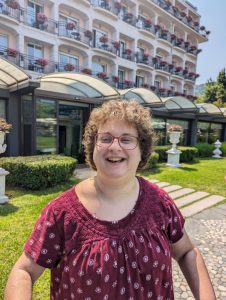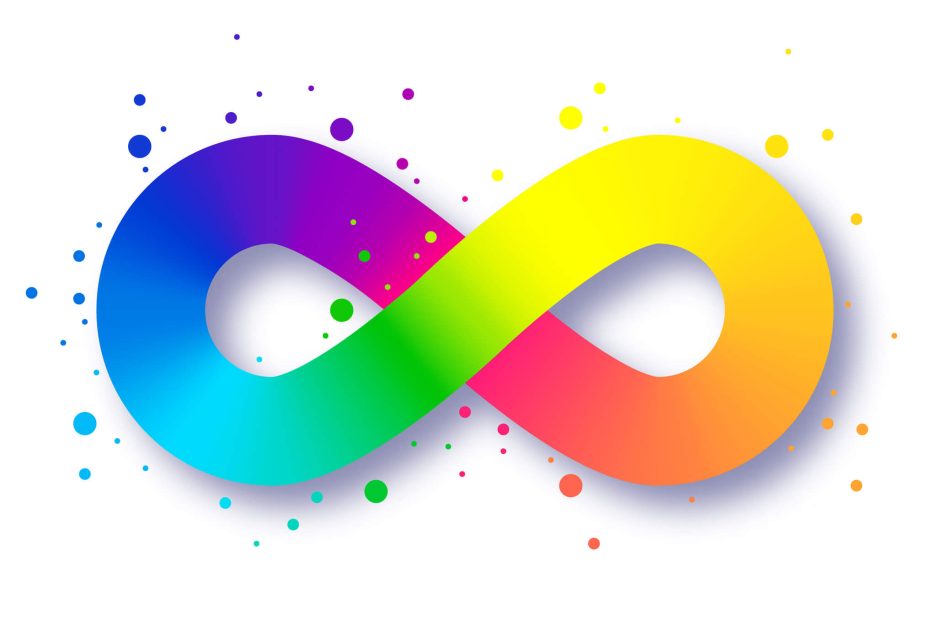“Michael hit me!” At 7 years old, that was the first sentence my older sister, Danielle, had ever spoken. Before, anything she said were one-word declarations of “juice” or “outside.” But now, Dani was speaking in complete sentences, and my mother was shocked, and elated. Eager to keep the words coming, Mom turned to me and told me to “hit her again.” I don’t remember why 4-year-old me hit Dani, but I can say that this was the first time it “hit” me that my older sister was different. Soon after, it was explained to me that Dani had a condition that made producing complex speech — an everyday skill for me — an arduous battle for her. But that barely scratched the surface of why Dani was different. She was on the autism spectrum, a fact that has defined her life and the lives of those around her.
Since its discovery in 1943, autism’s clinical definition has repeatedly expanded and contracted over the years, eventually settling (for now) on the Diagnostic and Statistical Manual of Mental Disorders, Fifth Edition (DSM-V) criteria that are the most inclusive to date. Though the definition of what it means to be autistic has changed many times, one thing that hasn’t changed is the stigma those on the spectrum and their communities face. Stigma — defined as the harboring of negative attitudes toward a person or group of people based on their mental, physical or social characteristics — is a damning consequence of being different. Stigma reduces your quality of life, it can keep you from getting a job, it can isolate you from your community. The insidious nature of stigma is no different for those in the autism community. Yet, much of the research on autism stigma and the efforts to combat it have only focused on the caregivers of people who are autistic — not those on the spectrum themselves. Luckily, this has changed in recent years, with much more focus being placed on the experience and voice of people who are autistic.
Growing up with Dani, I witnessed firsthand the stigma she faced because of who she was: the names she was called on the playground, the way the people around Dani — some of them our own family members — talked to her like she was a child. Undeserved, these acts showed a failure to see Dani for who she truly is, instead writing her off because of her autism. Fortunately, these are the worst experiences of stigma I can remember. Today, we live in the age of neurodiversity, meaning that being different, now more than ever, is a strength to be celebrated and supported rather than a weakness to disparage and hide away. Dani has certainly taken advantage of this. She’s accomplished milestones —like becoming bat mitzvah and graduating high school — that were previously unheard of for those on the spectrum. I can confidently say that Dani is the most popular member of our family — she seems to know someone and talk at length with them everywhere we go. The war against autism stigma is still being waged, but, from 7 years old to now, Dani has been fighting her own battles — and winning — one sentence at a time.

Related Content
- Things My Brother Sam Can’t Talk About
- Announcing the Meyer-Beers Essay Contest Winners
- The Mental Health Crisis in Medical Education: Sharing Stories, Normalizing Unwellness and Seeking Help
Want to read more from the Johns Hopkins School of Medicine? Subscribe to the Biomedical Odyssey blog and receive new posts directly in your inbox.
